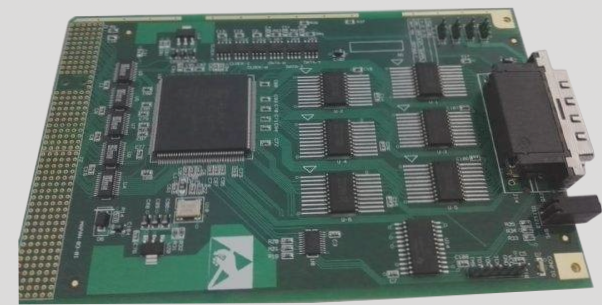PCB Wire Patching Guidelines and Repair Considerations
- Is wire patching permissible in PCB manufacturing?
- What are the guidelines for wire patching, including maximum dimensions for unfilled areas?
- How many repairs can be made on a single board?
- What characteristics of a circuit board may be impacted by repairs?
When it comes to repairing circuit boards, wire patching is a common method used, especially for inner layers. Manufacturers typically limit repairs on outer layers, with guidelines set during production. High-frequency products operating at speeds of 1GHz or more may suffer from signal integrity issues if repaired, affecting transmission speeds and impedance stability. For products still eligible for repairs, industry standards like IPC-R-700 or IPC-7721 can be referenced, though specifics may require mutual agreement on quality and specifications.
PCB Edge Thickness and Trimming Procedures
- When is edging required in the PCB process?
- Which stages of manufacturing involve trimming procedures?
- What is the significance of edging in exposure and electroplating processes?
- At what thickness does a circuit board no longer require edging?
Edging, also known as trimming, is crucial to prevent lint issues during cutting processes. Trimming is conducted at various manufacturing stages to enhance aesthetics, prevent contamination, and ensure product quality. Skipping edging can lead to quality problems, particularly in sensitive processes like exposure and electroplating. Thinner boards may require specialized equipment for trimming due to burr formation challenges. For boards thinner than 16 mil, edging becomes more difficult, but modern machines with corner rounding capabilities can address this issue effectively.

Effectiveness of Equipment for Thinner Materials in PCB Manufacturing
When working with thinner materials in PCB manufacturing, it is crucial to consider the capabilities of the equipment being used. Some equipment may require trimming a small amount of material width to function effectively. While this may not be ideal for manufacturers looking to maximize material utilization, practical experience has shown that the quality of the processed materials is positively impacted.
It is important to note that the observations mentioned above are for reference purposes only, and individual results may vary based on specific manufacturing processes and equipment used.




